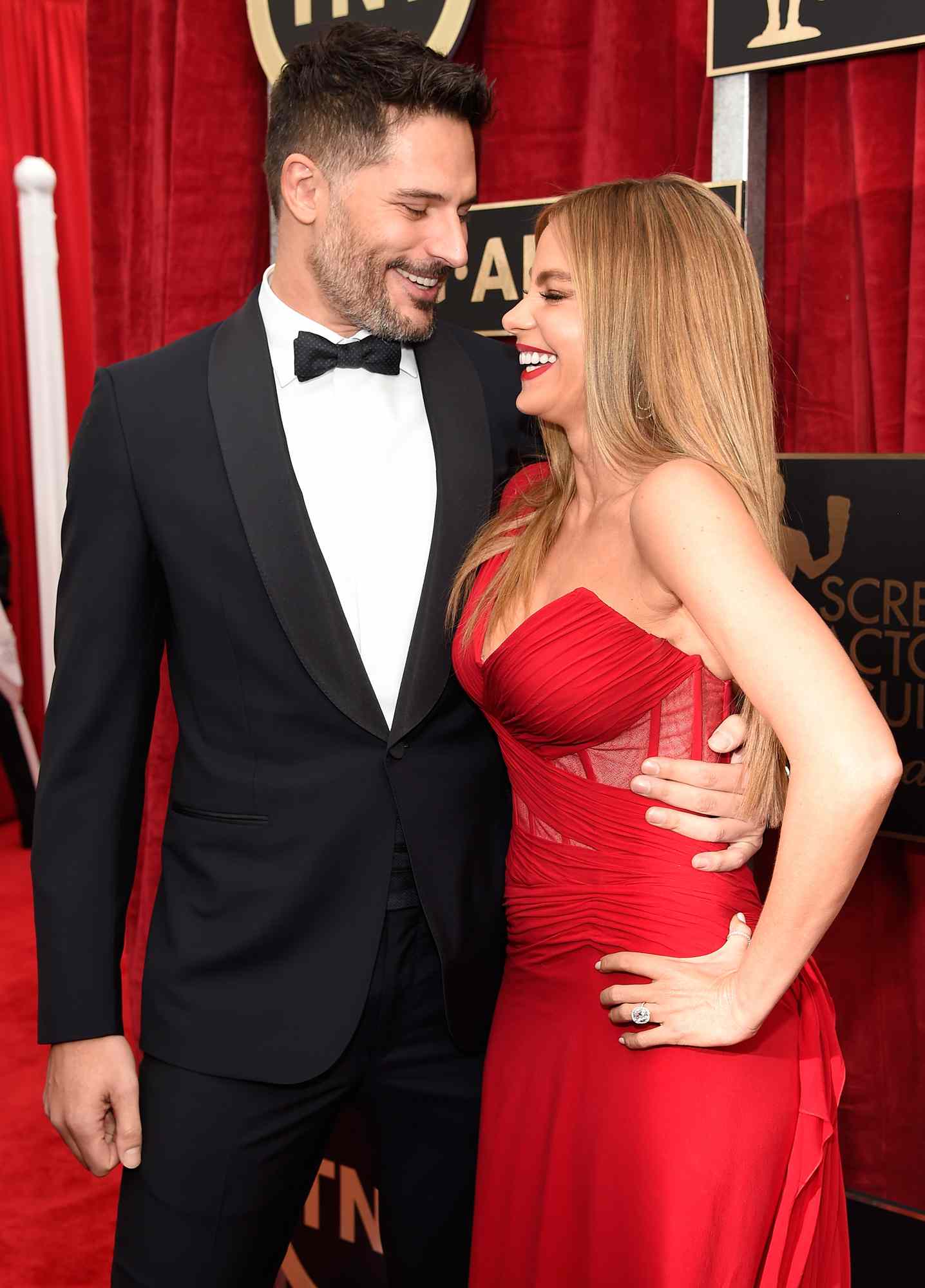WireImage is a leading photography and visual content agency, essential for media outlets and creative industries. This platform connects contributors with a wide audience, delivering high-quality images and fostering professional relationships. Familiarity with WireImage‘s contributor guidelines is crucial for photographers and visual artists aiming to showcase their work effectively.
Overview of WireImage and Its Importance in the Industry

WireImage has established itself as a vital resource in the visual media landscape. It provides high-quality images to various clients, including magazines, websites, and social media platforms. The service is known for its extensive archive of celebrity events, fashion shows, and cultural happenings, making it an invaluable asset for journalists and marketers alike.
The importance of WireImage in the industry lies in its ability to deliver timely and relevant visual content. By curating a diverse range of photographs, it helps tell compelling stories while catering to the demand for fresh visual material. This platform plays a crucial role in enabling brands to maintain an engaging presence through striking imagery.
Moreover, WireImage supports photographers by offering a space where their work can reach a broad audience. Contributors can gain exposure and credibility while earning revenue from their photographs. Understanding the contributor guidelines ensures photographers can effectively navigate this platform and maximize their opportunities within the competitive visual media landscape.
Who Can Contribute to WireImage

WireImage welcomes a diverse range of contributors, including professional photographers, aspiring artists, and creative freelancers. To qualify, individuals must demonstrate proficiency in photography and have a portfolio that meets industry standards. Professional experience in covering high-profile events, producing editorial content, or engaging in commercial photography is highly beneficial.
Additionally, contributors should have a keen eye for storytelling through images. The ability to capture significant moments with clarity and creativity is a key aspect of successful contributions. Moreover, photographers must adhere to WireImage‘s quality and content guidelines, which include technical standards, copyright compliance, and ethical practices.
Overall, anyone with a passion for photography and a commitment to excellence can potentially join the WireImage contributor community. By following the guidelines and delivering quality content, contributors can enhance their visibility and develop meaningful connections within the industry.
Essential Requirements for Contributors
If you’re considering becoming a contributor to WireImage, it’s crucial to understand the essential requirements that can help set you up for success. Meeting these guidelines not only streamlines the submission process but also increases the chances of your work being featured.
Here’s a checklist of key requirements:
- Quality Photography Skills: As a contributor, your images should reflect professionalism and artistic flair. Ensure you have a solid understanding of composition, lighting, and editing techniques.
- Equipment: Use high-quality cameras and lenses. While professional gear is ideal, it’s also about how well you utilize what you have. Always strive for sharp, clear images.
- Experience: A background in photography or photojournalism is preferred. If you’ve been published before, be sure to highlight this in your application.
- Networking Skills: Building relationships within the industry can aid in your success. Attend events, engage with other photographers, and reach out to celebrities when appropriate.
- Understanding of Copyright: Familiarize yourself with copyright laws to ensure your submissions are your own work and that you have the rights to any images you submit.
Lastly, be prepared to show a portfolio that demonstrates your unique style and versatility. WireImage looks for diverse contributors, so showcasing a variety of subjects and styles can be beneficial. Keep these essentials in mind, and you’ll be well on your way to making a mark as a WireImage contributor!
Dos and Don’ts of Submitting Content
When preparing to submit your photographs to WireImage, following certain dos and don’ts can make a significant difference in reception. Understanding these guidelines helps ensure your content stands out in a positive way.
Dos:
- Do adhere to image specifications: Ensure your images meet WireImage’s required dimensions and file formats.
- Do write informative captions: Providing context through captions is essential. Make sure they’re engaging and accurate.
- Do submit a diverse portfolio: Varied content can showcase your versatility. Include different events and subjects to appeal to a broader audience.
- Do engage with the community: Interact with other contributors and staff. Networking can open doors for collaborations and exposure.
Don’ts:
- Don’t submit unedited images: Always edit your pictures to enhance their quality. Raw, unedited photos can detract from your work.
- Don’t ignore deadlines: Timeliness is key. Submit your content within the specified time to ensure it’s considered for publication.
- Don’t plagiarize: Always use your own work and give credit where it’s due. Failure to do so can lead to serious consequences.
- Don’t submit irrelevant content: Make sure your submissions align with WireImage’s themes and categories. Irrelevant content can lead to rejection.
By following these simple dos and don’ts, you’ll improve your chances of making a positive impression and successfully contributing to WireImage!
How to Format Your Submissions Correctly
When it comes to contributing to WireImage, proper formatting of your submissions is crucial. A well-formatted submission not only enhances your chances of acceptance but also ensures that your images are presented in the best possible light. Here’s a handy guide to help you get it right:
- Image Resolution: Always submit high-resolution images. The recommended minimum is 300 DPI for print and a resolution of at least 1500 pixels on the shortest side. This ensures your images remain sharp and clear, regardless of the medium.
- File Format: Use JPEG or TIFF formats for your images. These formats are widely accepted and maintain image quality. Make sure to avoid using overly compressed files, as they can lose detail.
- Color Profile: Stick to the RGB color profile for digital submissions. This is the standard for online images and will keep your colors looking vibrant.
- File Naming: Use descriptive filenames that include the subject matter and date. For example, “John_Doe_Premiere_2023-10-01.jpg”. This helps in organizing and identifying your work quickly.
- Metadata: Don’t forget to include relevant metadata. Add captions, keywords, and any other relevant information to help categorize your images. This can significantly improve their discoverability.
By following these guidelines, you’ll make sure your submissions are not only accepted but also stand out in a crowded field. Take the time to double-check your formatting before sending anything off; it can make all the difference.
Understanding Copyright and Image Rights
Copyright issues can be a little tricky, but understanding them is essential for anyone looking to contribute to WireImage. Here’s a breakdown to help demystify copyright and image rights:
- Ownership: Typically, the creator of the image holds the copyright. This gives you exclusive rights to sell, distribute, and license your work.
- Exclusive Licensing: WireImage may request exclusive rights to your photos for a specific time period. Be sure to read and understand any licensing agreements thoroughly before submitting.
- Non-Exclusive Licensing: If you choose to retain non-exclusive rights, you can still sell your images through other platforms. Just keep in mind that this may impact the pricing or demand for your work.
- Model Releases: If your images feature recognizable individuals, ensure you have signed model releases. This legal document protects you and WireImage from any potential claims regarding the use of those images.
- Intellectual Property: Respect others’ copyrights as well! Make sure your photos don’t infringe on trademarks or recognizable works of art without permission.
In short, understanding copyright and image rights is vital to ensuring you protect your work while also complying with industry standards. Always consider consulting a legal professional if you’re unsure about copyright issues, as this can save you from unintentional legal trouble down the road!
Common Mistakes to Avoid When Contributing
Contributing to WireImage can be a rewarding experience, but it’s important to navigate the process correctly. Here are some common mistakes that contributors often make:
- Ignoring Submission Guidelines: Each platform has its own set of rules. Not adhering to WireImage’s guidelines can lead to your work being rejected.
- Poor Image Quality: Always submit high-resolution images. Blurry or pixelated photos will not only be rejected but can also affect your credibility as a contributor.
- Inadequate Metadata: Failing to provide thorough metadata can confuse potential clients and significantly reduce your work’s visibility. Make sure to fill out all required fields.
- Over-editing Images: While it might be tempting to enhance your photos with heavy filters, remember that authenticity is key. Subtle edits are best!
- Neglecting Releases: Ensure you have the necessary model or property releases for your images, especially for commercial purposes. This is vital for legal reasons.
- Inconsistent Branding: If you’re building a personal brand, be consistent with your style and quality across all submissions.
By avoiding these common pitfalls, you can significantly improve the chances of your contributions making a great impact with WireImage!
Tips for Successful Contributions to WireImage
Want to stand out as a WireImage contributor? Here are some tips for crafting successful submissions:
- Focus on Relevance: Submit images that are timely and relevant to current events or trends. Awareness of what’s happening in the industry can guide your selections.
- Diversify Your Portfolio: Display a variety of subjects, styles, and events. This not only showcases your skills but also appeals to a wider audience.
- Network with Other Contributors: Engaging with fellow photographers can lead to collaborations and valuable insights. Don’t hesitate to share tips and feedback.
- Stay Up-to-Date: Technology and trends change rapidly in the photography world. Regularly update your skills and knowledge to keep your work relevant.
- Be Prompt: Timeliness can make or break your submission’s success. If an event happens, try to submit your images as soon as possible for maximum visibility.
- Engage with Your Audience: Use social media and other platforms to showcase your work. This can help drive more traffic to your WireImage contributions and build your reputation.
With these tips in mind, you’ll be better positioned to create impactful contributions to WireImage and enhance your visibility in the photography community!
Resources for New Contributors
Getting started as a contributor on WireImage can be an exciting journey, but it also comes with its share of challenges. Fortunately, you don’t have to navigate this path alone! There are several resources at your disposal to help you succeed and make the most of your contributions. Here’s a quick overview:
- WireImage Contributor Portal: This is your go-to platform. Here, you’ll find comprehensive guides explaining everything from uploading images to managing your portfolio.
- Community Forums: Engaging with other contributors in the community forums can provide invaluable insights. You can ask questions, share experiences, and pick up tips that might not be covered in the official documentation.
- Webinars and Workshops: WireImage often hosts educational sessions that cover various topics, including photography techniques, editing tips, and best practices for image submissions. Keep an eye on their event calendar!
- Social Media Groups: Joining social media groups dedicated to WireImage contributors can help you network with peers and stay updated on current trends in the industry.
- FAQ Section: Don’t overlook the Frequently Asked Questions section. It’s a treasure trove of quick answers that can save you time and frustration.
Remember, the key to thriving as a contributor is to stay engaged and continuously refine your skills. Make sure to utilize these resources, and don’t hesitate to reach out for support when needed. You’ve got this!
Conclusion and Next Steps for Aspiring Contributors
As you embark on your journey as a contributor for WireImage, remember that every professional started somewhere! It’s normal to feel a mix of excitement and nerves, but by following the guidelines discussed, you’re setting yourself up for success.
Here are some actionable next steps:
- Review the Contributor Guidelines: Familiarize yourself with the complete set of WireImage Contributor Guidelines to ensure you understand the expectations.
- Build Your Portfolio: Start compiling a portfolio that showcases your best work. Focus on quality over quantity and make sure your images align with the style and standards of WireImage.
- Engage with the Community: Connect with other contributors. Sharing tips and experiences can be incredibly beneficial as you learn the ropes.
- Stay Updated: Keep an eye on industry trends and changes in photography practices. The more informed you are, the more relevant your contributions will be.
- Submit Regularly: Consistent practice and submissions will not only improve your skills but also increase your visibility within the WireImage community.
In conclusion, contributing to WireImage is a fantastic opportunity to grow as a visual storyteller. Embrace the learning curve, leverage the resources available to you, and take bold steps toward your goals. You’re not just capturing moments; you’re shaping narratives!


